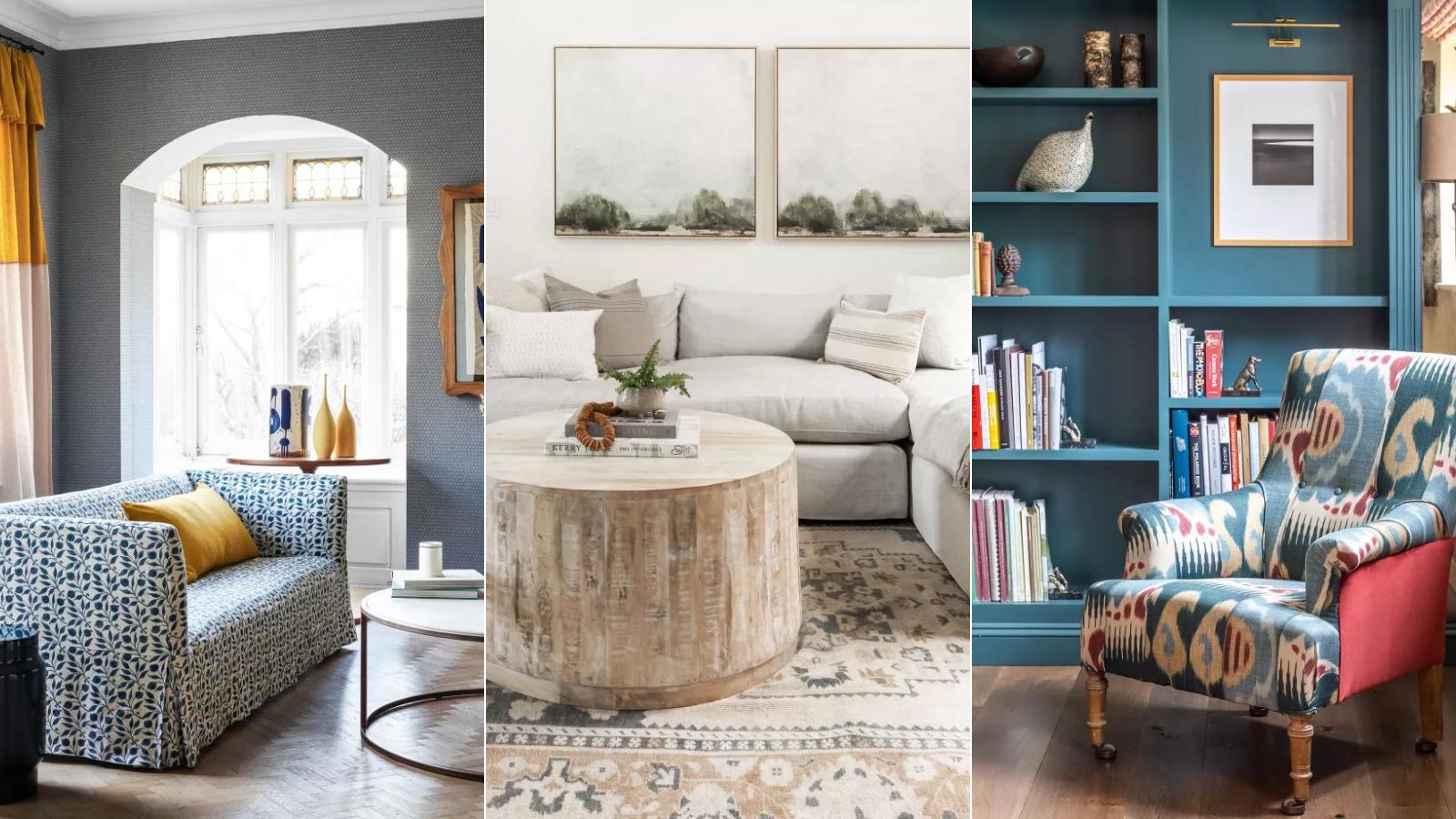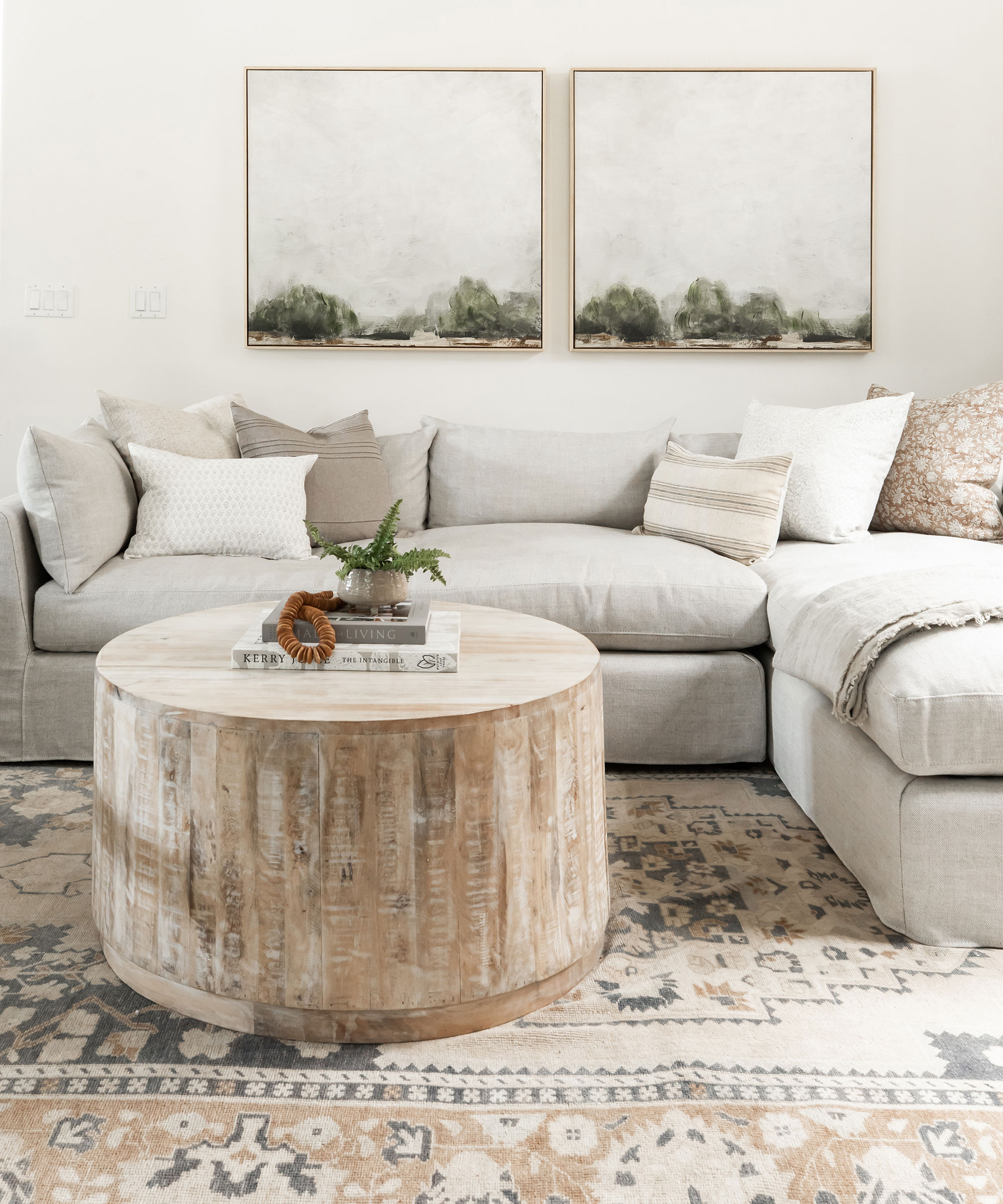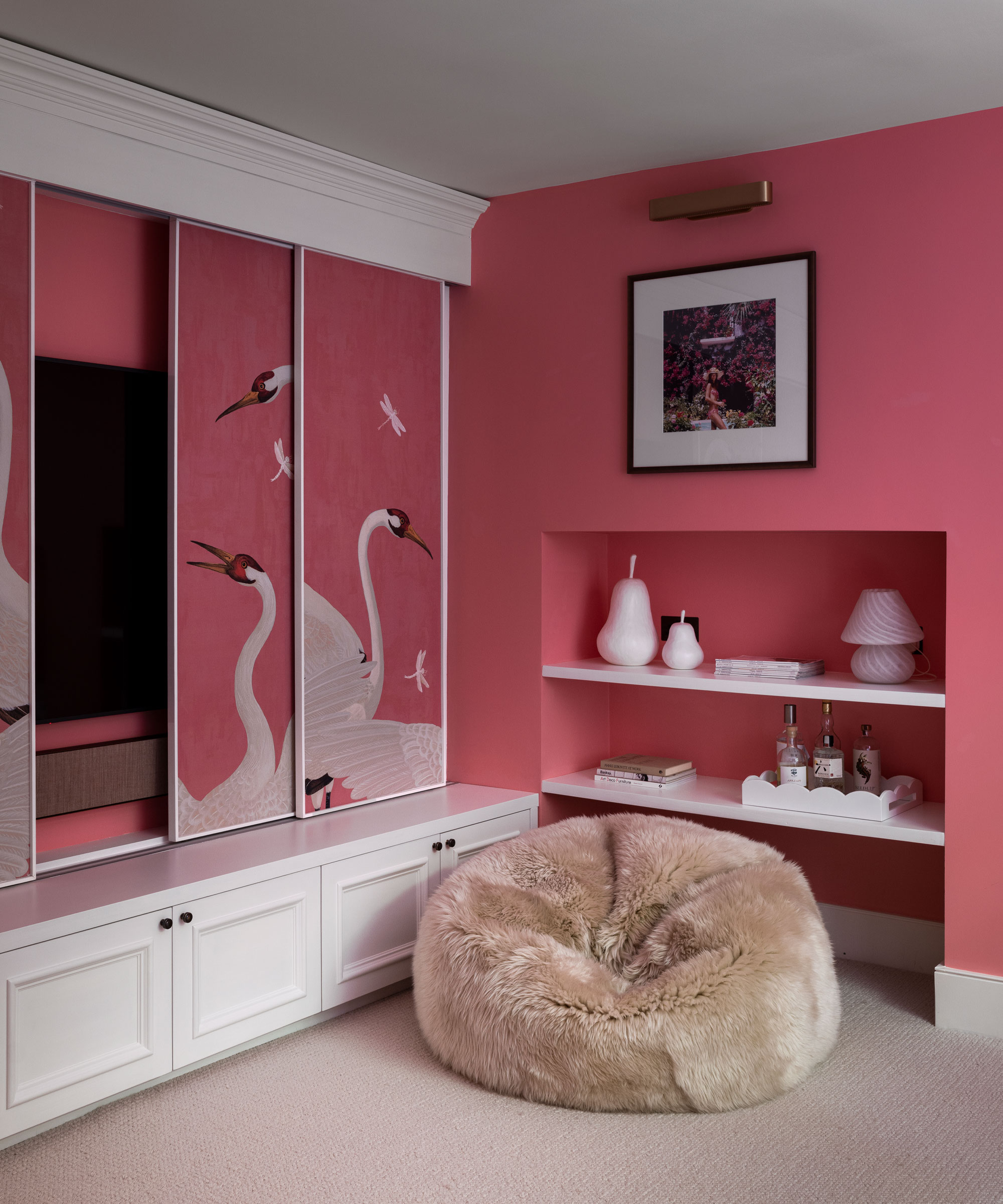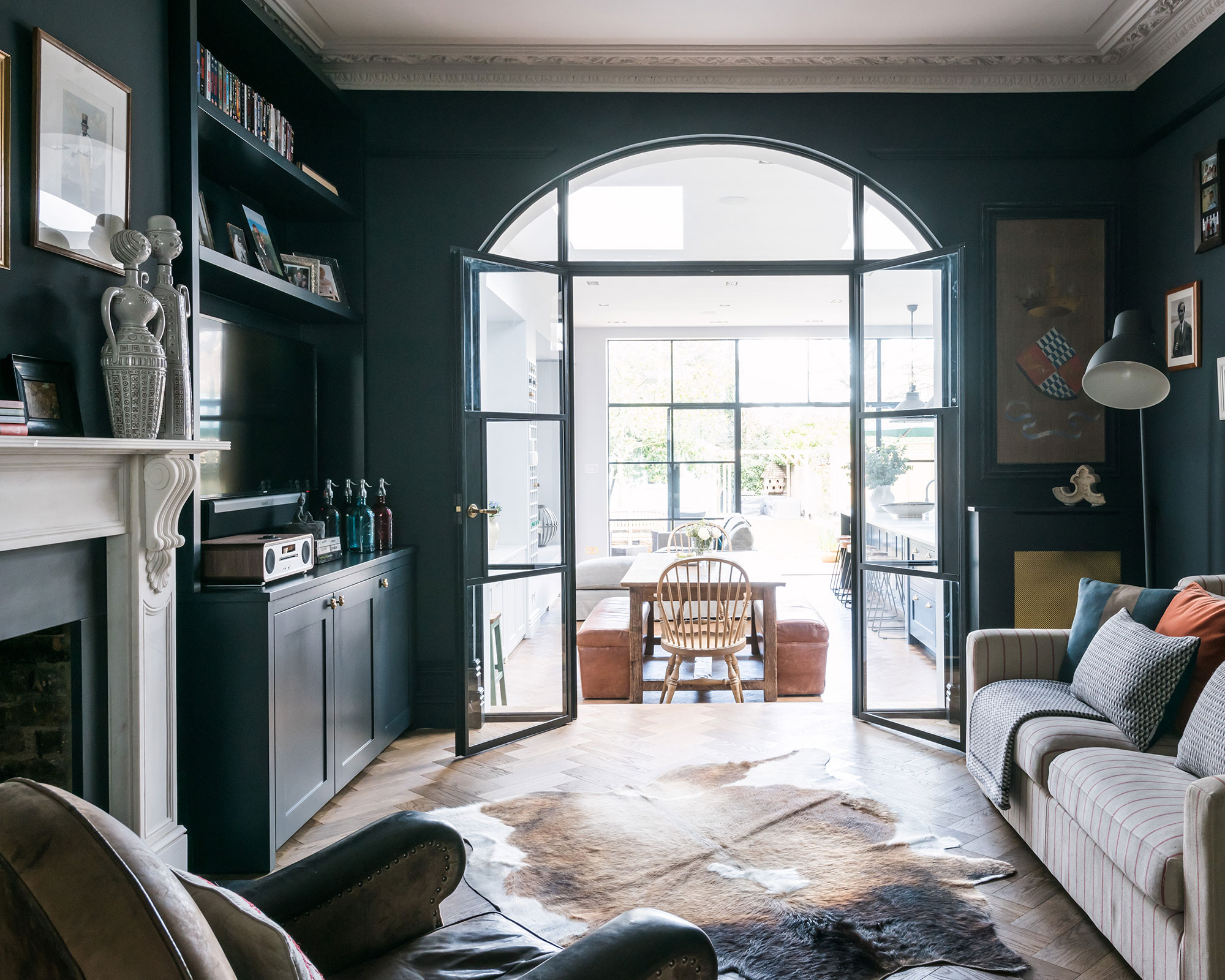
Knowing which colors you should never paint a small living room is a game-changer. Get it right, and your modest space can transform into your favorite room in the whole house.
Getting the room color ideas right in a small living room can be a difficult challenge to master. Even with all their experience, it can take time for professionals to make a decision. There is a lot to consider – the size and shape of the space, the available natural light, and its direction, who it is for, how the color makes you feel, etc.
Let's make it clear from the start, though, we're all going to do our level best to persuade you to embrace our favorite color trends. Choosing the right color for a small living room is a great way to add depth and interest where space is limited, and can create a comforting vibe that stretches way beyond the four walls – no matter how small.
Small living room paint colors to avoid
It's all too easy to fall foul of paint color mistakes in a small living room, so if you are wondering what the colors you should never paint a small room are, then you wouldn't be the first person to ask about this common decorating dilemma.
Here interior designers and color psychologists reveal the worst colors to paint a room, and how to approach choosing paint ideas for small living rooms that truly sing.
1. White

Despite being a decorator's favorite, white is a difficult color to get right in a room with limited square footage. Pure white can highlight shadows in a small, dark room, especially one without windows. But don't dismiss white entirely, just learn how to use it to maximum effect.
Just like any other color, the variation in white tones ranges from cool to warm. When looking for the right white for a room, always buy a range of tester pots and paint large sheets of paper so you can see how they look in different lights throughout the day.
Warm, south-facing rooms can bleach out gentler shades, so a stronger white would work well in these areas. In cooler, north-facing rooms either emphasize the coolness by selecting a crisp white – ideal for small kitchens – or, to warm up a living space, choose a white with a hint of red pigment.
Here, the designers at Public 311 Design have layered textural furnishings in subtle, tonal colors to visually enhance this white living room.
2. Red

Red room ideas are considered controversial in the world of interiors, and while we adore decorating with red in our homes, they are often best avoided in a small living room. This is particularly important if your small room has little to no natural light.
However, if you love this passionate hue, consider softer versions instead. Deep, earthy pink, somewhere between red, pink, and brown, conjures up warmth in any room and is reminiscent of late summer evening sunsets.
‘Warm pink is my go-to color for a small living room; it creates warmth, depth, and a touch of the unexpected,' says Georgie Wykeham, founder, of Georgie Wykeham Designs. 'Used on its own, it is a surprisingly very easy color to live with and yet it also works beautifully with blues, greens, and reds.’
Interior designer, Max Rollitt agrees: ‘These warmer, earthy pinks work brilliantly to bring year-round warmth to dark or north-facing rooms.'
3. Yellow

Decorating with yellow affects our emotions. Its primary action is to trigger emotional responses. It has a strong impact on the nervous system, which is why it is best to avoid decorating with yellow in a dark room unless it is a color that brings you joy.
'The wrong tone of yellow, or too much, can lead to feelings of irritation, nervousness and anxiety,' says Karen Haller, color and design psychology specialist and author of The Little Book of Color. 'At its very worst, yellow can provide suicidal feelings so always use this color with caution.'
If in doubt, limit yellow to soft furnishings and accessories. These smaller elements can be switched out easily as and when your mood changes.
‘Yellow is always a good accent color and using a mustard shade works well inside curtains and throw pillows as an uplifting burst of energy,' says Sarah Brown, founder, of Sarah Brown Interiors. 'It’s easier to incorporate this shade into a scheme if you’re slightly put off by bright yellow paint in your home and it is particularly effective in darker, moodier spaces as it creates a feeling of warmth.’
4. Gray

Gray is a hugely versatile neutral color, but get the tone wrong and you risk turning your small living room into an unhappy space. Before you decorate with gray, there are a few essential rules to familiarize yourself with first.
If you want to curate a cozy and cocooning space, lean into the darkness. ‘Gray is enormously versatile. Depending on the underlying tones within it and on the depth of color, it can be partnered with almost any other hue,’ says interior designer Victoria Wormsley of French-Brooks Interiors. ‘I like to use a warm-toned gray in a dark room as a foil for warmer shades, such as reds, pinks, and terracotta or burnt orange. It also looks smart set against off-white for paneling and moldings.'
Mood is one consideration, but it is also helpful to consider how gray might affect the size of a room. ‘The paler the tone, the more it will reflect the available light. The darker the tone, the more light it will absorb,’ says Justyna. ‘At the extremes, off-white will make a room look more spacious, and cool black brings the walls visually inwards. This rule applies to all colors. So a pale gray is ideal if you wanted to make a room look larger; a deep charcoal would make it appear smaller. Having said that, a dark color used in a small room can be really effective.’
5. Blue

Used in decorating for centuries, serene dark blues are enduringly popular. However, use dark blue in a small living room, and you could be turning your space into a dark or dingy cavern. That's not to say you should turn your back on this popular color palette entirely. Instead, try decorating with blue on feature or accent walls instead.
Patrick O'Donnell, international brand ambassador, of Farrow & Ball agrees that using blue in smaller doses is ideal if you love the color. ‘Blue shades can add such joy to a modest home with their inherent freshness but just be careful they don’t appear too chilly as the natural light will have a big impact on their perception.'
‘To get the best out of a blue like this, pair it with only one other strong color to give it a chance to sing,' says Sarah Davies-Bennion, senior designer, of Kate Guinness Design. 'Mixing it with too many other colors will result in a confused look akin to an accident in a child’s paint box – not what you want in a small living room.'







